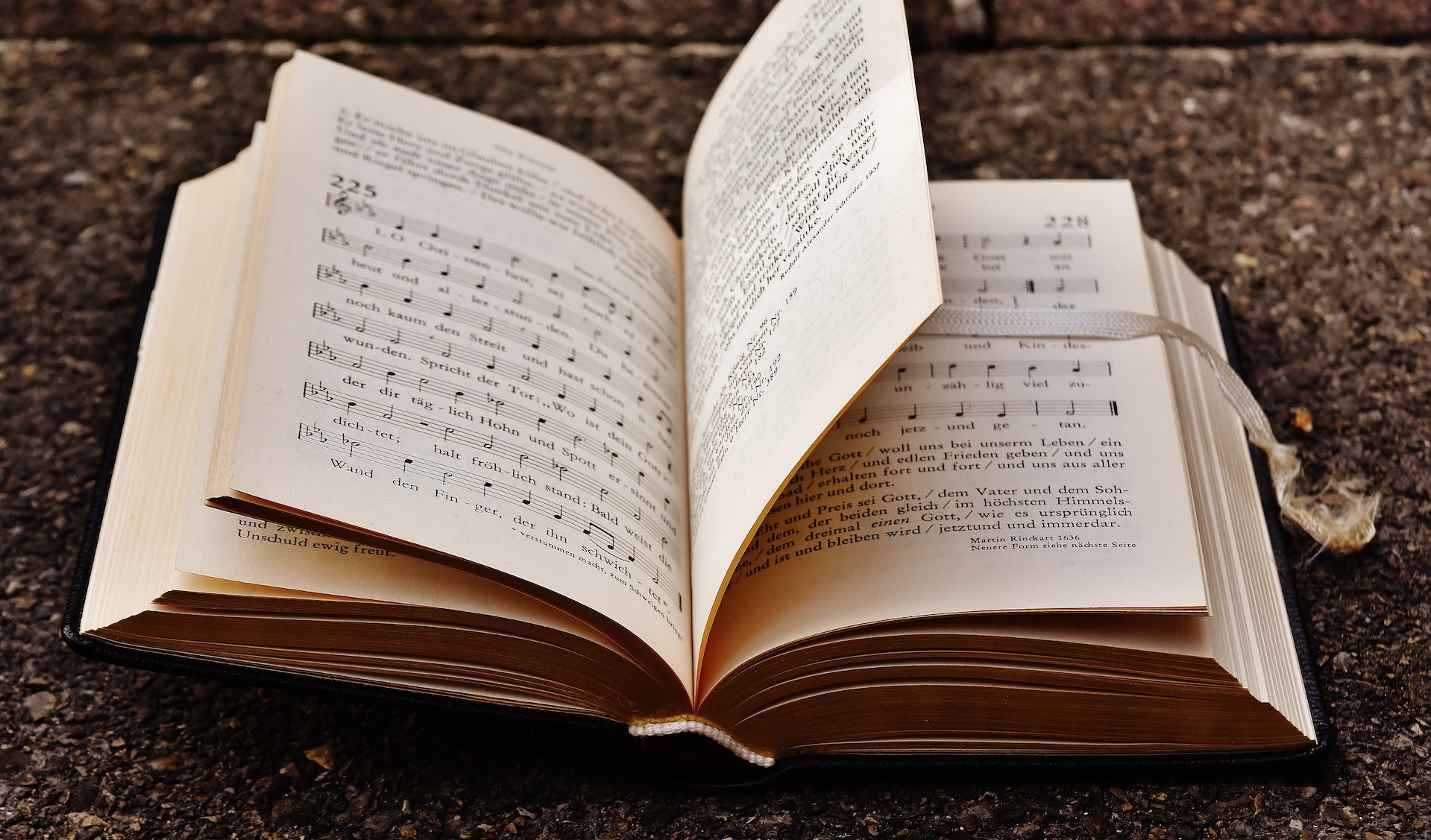5 Things to Know About Spring for a Perfect-Bound Book
If you’re ordering a perfect-bound book, there are several things you need to know. First, you need to provide two files: one for the cover and the other for the spine. You’ll need to know how many pages you want to put into the book and the size spine. You’ll also need to supply the text pages as single pages with a three mm bleed on each edge.
Spiral Coil Binding method
Spiral-bound books are designed to rotate the pages around the coil, making it easier for the reader to flip through the pages without turning the book or holding it open, which is a spring for a perfect-bound book. They are beneficial for reference materials. These include instruction manuals, maintenance manuals, cookbooks, travel guides, price lists, atlases, and more. This method is also incredibly affordable and works well for books that need to be durable and long-lasting.
Spiral coils come in many colors and diameters to allow their use on various book thicknesses. Of course, the thicker the book, the larger the coil diameter will need to be. In addition, spiral coils can be made of metal or plastic, which will resist distortion better than their metal counterparts.
Rigid spine vs. rigid joints
The choice of rigid spine vs. rigid joints for a perfect bound book is primarily determined by the strength and flexibility of the materials used to make the spine and joints. If the spine is stiff, it will put more strain on the joints and may be challenging to open. In contrast, if the spine is flexible, the page material can flex over it without affecting the spine.
The most perfect-bound books are a mixture of rigid spines and flexible joints. Stiff spines are more durable but can also lead to permanent spine distortion. Rigid joints require the boards to swing freely, while rigid spines concentrate wear along the crest.
Placement of safety margin space on the perfect-bound book
The safest practice when assembling a perfect-bound book is to leave at least a quarter-inch safety margin space on the inside of every page, allowing the spine and gutter to be correctly aligned and preventing the pages from being distorted during binding. In addition, when assembling a perfect-bound book, you should note which pages will be on which sides.
If your book has a very high page count, you’ll want to include extra space on the inside edge of each page, which will allow for easy reading and prevent the spine from breaking. In addition, the margins will help you avoid sloping or folding the book.
Saddle stitching method
Saddle stitching is a stapled method for binding books. It involves folding the pages over a metal frame and inserting the staples along the fold line, leaving a saddle-shaped crease between the book pages. The method usually uses two staples, though heavier paper may require three. Saddle stitching is not a perfect-binding technique and is not recommended for books with large amounts of content.
Saddle stitching cannot be used for documents with more than 48 pages, so it is not recommended for thicker papers. In addition, perfect-bound books are more expensive than saddle-stitched books so you may choose another binding technique.
Section sewn method
There are many ways to create perfect-bound books, but the most common is by using section sewing. You can use this method for books of all sizes, including softback and hardcover volumes. Using this method, the book’s spine is sewn on, and the pages are bound together using thread. This technique can create books of multiple thicknesses and thousands of pages.
Another popular method for perfect-bound books is section-sewn binding, which requires a lot of extra time and care. However, this technique is the most durable choice for books constantly thumbed through. First, the pages are folded and sewn together with thread, which makes them sturdy books. Then, the book block is reinforced with a fabric backing and adhesive along the spine for extra strength.

